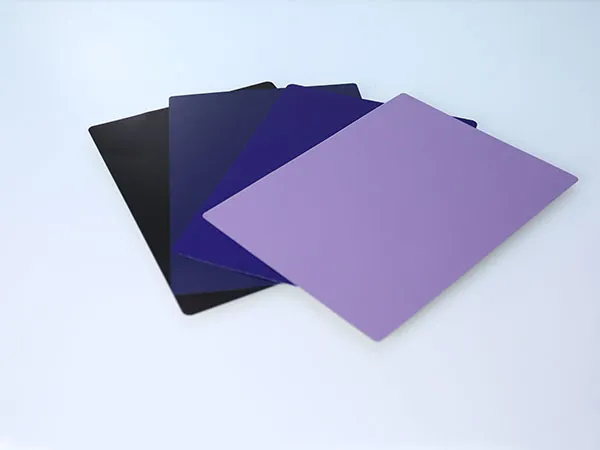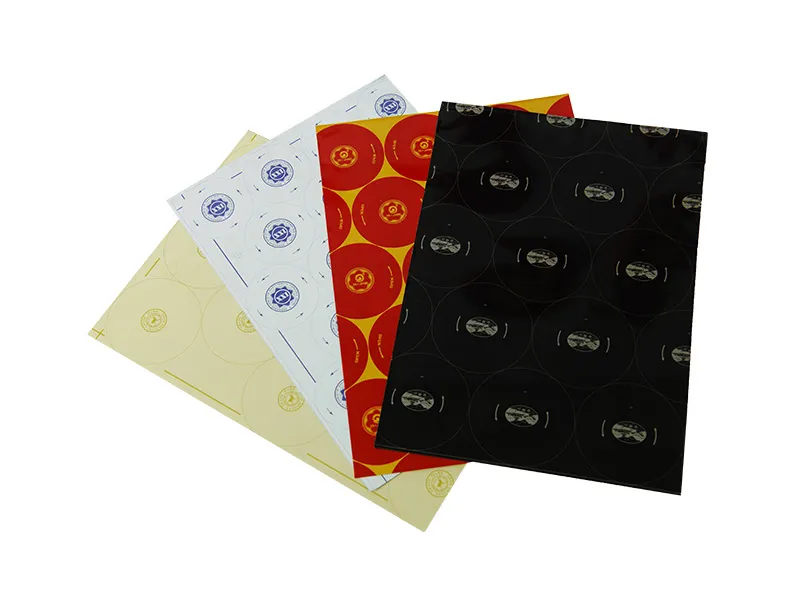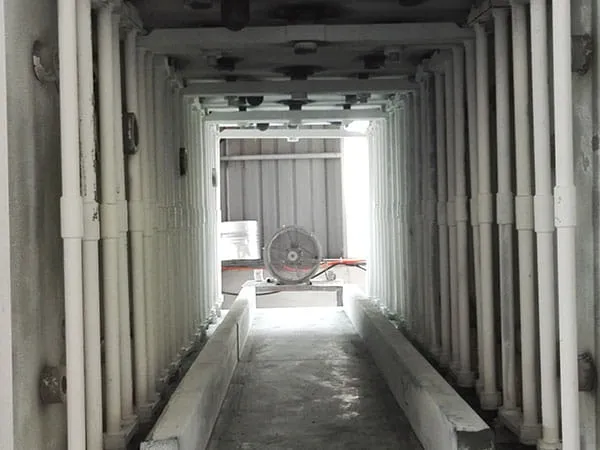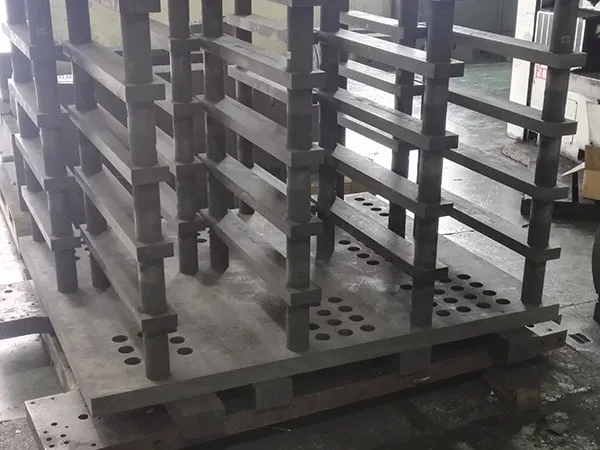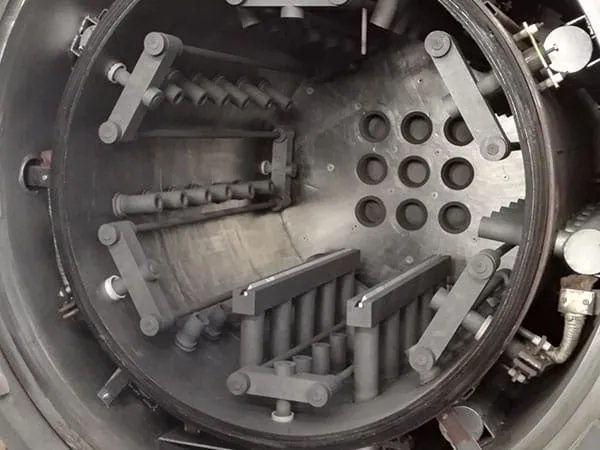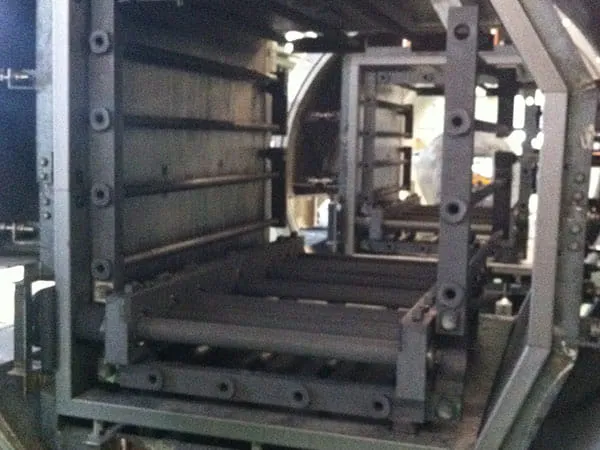Rodamientos de rodillos cruzados son de alta precisión, Rodamientos rígidos diseñados para aplicaciones que requieren una excelente precisión rotacional y rigidez. Lo logran incorporando rodillos cilíndricos dispuestos en un ‘V’ forma, con rodillos alternativos orientados a 90 grados entre sí. Esta configuración permite que un solo rodamiento maneje radial, axial, y cargas de momento simultáneamente.
Especificaciones técnicas clave de los rodamientos de rodillos cruzados

1. Dimensiones (Aburrir, Diámetro externo, Ancho):
Análisis: Estos son fundamentales para encajar en su diseño.. El mecanizado preciso de la carcasa y el eje es crucial para un rendimiento óptimo. Las variaciones en estas dimensiones más allá de la tolerancia pueden conducir a la desalineación, vida reducida, y aumento de la fricción.
2. Clase de precisión (P0, P6, P5, P4, P2):
Análisis: Esto especifica la precisión geométrica de los componentes del rodamiento (p.ej., sin, paralelismo, perpendicularidad).
P0 (Clase normal): Adecuado para maquinaria industrial general donde la alta precisión no es primordial.
P6, P5, P4, P2 (Mayor precisión): Precisión progresivamente mayor, Se utiliza en aplicaciones como los tocadiscos de la máquina herramienta, articulaciones robóticas, y el equipo de medición donde el posicionamiento preciso y el resumen mínimo son críticos. Mayor precisión generalmente significa tolerancias más estrictas, mejor acabado superficial, y procesos de fabricación más estrictos, conduciendo a un costo más alto.
3. Precisión rotacional:
Análisis: Esto se refiere a la precisión de la rotación del rodamiento. Los parámetros clave incluyen:
Desviación radial: Variación en la posición radial del anillo interno o externo durante la rotación.
Desviación axial: Variación en la posición axial del anillo interno o externo.
Perpendicularidad de la superficie de montaje al eje: Cuán precisamente la cara de montaje es perpendicular al eje de rotación del rodamiento.
Importancia: Crítico para aplicaciones que requieren posicionamiento angular preciso, tales como tablas giratorias en máquinas CNC o manipuladores robóticos.
4. Calificaciones de carga (Calificación de carga dinámica básica c, Calificación de carga estática básica C0):
Análisis: Estos valores, Determinado por los estándares ISO, indicar la capacidad del rodamiento para manejar cargas.
do (Dinámica): La carga radial constante que un grupo de rodamientos aparentemente idénticos puede soportar teóricamente para una vida de calificación básica de un millón de revoluciones. Utilizado para aplicaciones con rotación continua bajo carga.
C0 (Estático): La carga radial estática que corresponde a una deformación permanente total del elemento rodante y la pista de carreras en el contacto más estresado de aproximadamente 0.0001 del diámetro del elemento rodante. Utilizado para aplicaciones con cargas estáticas, oscilación lenta, o rotación infrecuente.
Selección: La clasificación de carga requerida depende de las cargas aplicadas, vida útil deseada, y condiciones de funcionamiento. Los factores de seguridad a menudo se aplican, Especialmente para cargas de choque.

5. Velocidad de rotación permitida (Lubricación en grasa, Lubricación de aceite):
Análisis: Esto indica la velocidad máxima en la que puede funcionar el rodamiento sin una generación de calor excesiva o desgaste prematuro.
Factores que afectan la velocidad: Tipo de lubricación (El aceite permite velocidades más altas), espacio libre, diseño de la jaula, y de refrigeración.
Consecuencias de exceder: Calentamiento excesivo, desglose de lubricación, desgaste acelerado, y posible falla de rodamiento.
…







